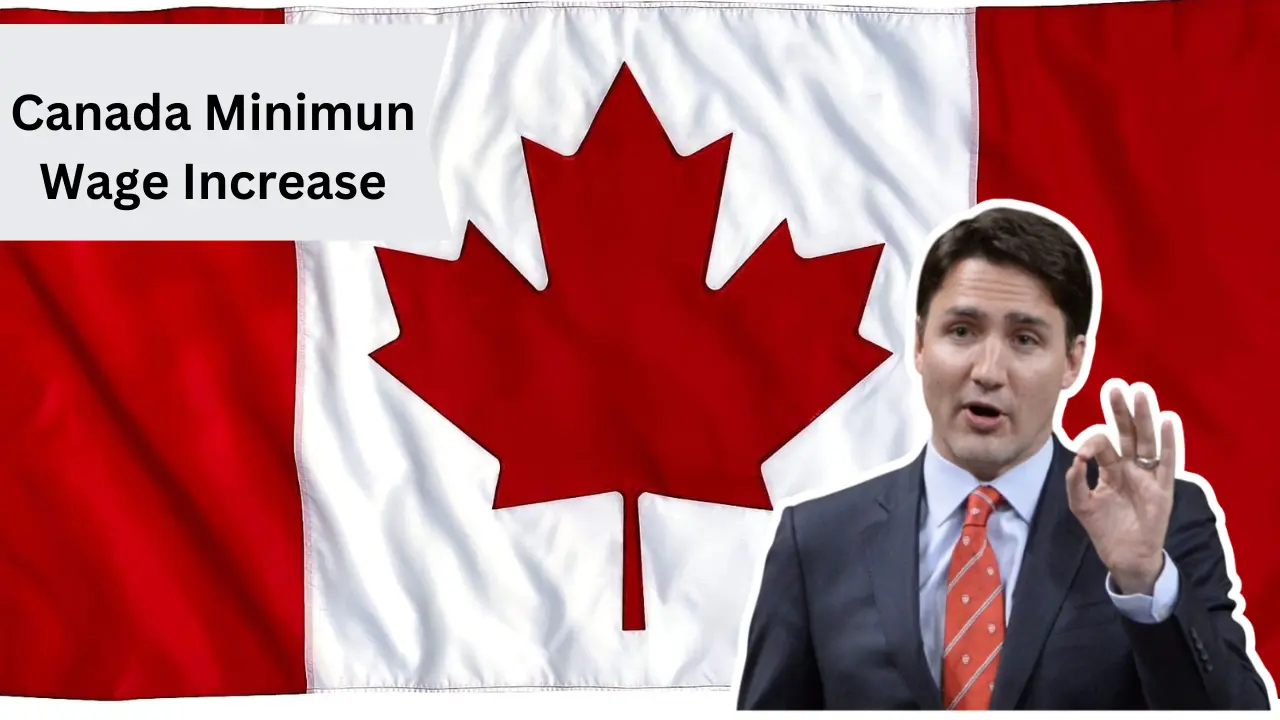The minimum wage has long been a critical issue in Canada, as workers, employers, and policymakers seek to find a balance between fair compensation and market realities. With the rising cost of living, particularly in urban centres, many low-income workers depend on government-mandated minimum wage increases to make ends meet.
In response to these economic challenges, several provinces in Canada have recently introduced changes to their minimum wage. As of October 1, 2024, Ontario, Manitoba, Saskatchewan, and Prince Edward Island are among the provinces that have implemented new pay standards. These adjustments are part of a broader nationwide trend to improve wages and help workers cope with inflation and rising living costs.
Canada Minimum Wage Increases
The latest wage increases were announced earlier in the year and took effect on October 1, 2024, impacting workers in key provinces across the country. Here’s an overview of the wage hikes implemented in Ontario, Manitoba, Prince Edward Island, and Saskatchewan, alongside a broader view of other regions in Canada.
Minimum Wage Increases by Province
| Province | Old Minimum Wage | New Minimum Wage (as of Oct 1, 2024) | Increase |
|---|---|---|---|
| Ontario | $16.55 | $17.20 | $0.65 |
| Manitoba | $15.30 | $15.80 | $0.50 |
| Prince Edward Island | $15.40 | $16.00 | $0.60 |
| Saskatchewan | $14.00 | $15.00 | $1.00 |
Canada Wage Changes in Detail
Ontario
Ontario saw a 65-cent increase in its minimum wage, raising it from $16.55 to $17.20 per hour. This increase will positively impact full-time minimum wage earners, with an annual income boost of approximately $1,355 for workers putting in 40 hours a week. Ontario now has one of the highest minimum wages in the country, though it still falls behind some territories like Nunavut.
Manitoba
Manitoba’s minimum wage rose by 50 cents, moving from $15.30 to $15.80 per hour. Although this is a modest increase, it helps alleviate some inflationary pressures on workers, especially as the province continues to grapple with one of the lower minimum wage rates in the country.
Prince Edward Island
Workers in Prince Edward Island saw a 60-cent increase, raising the minimum wage from $15.40 to $16.00 per hour. This is the second increase for the province in 2024, following a prior wage hike in April. The government is committed to improving wages in response to ongoing economic pressures.
Saskatchewan
Saskatchewan implemented the largest relative increase, with a $1.00 jump, bringing its minimum wage from $14.00 to $15.00 per hour. Despite this significant boost, Saskatchewan’s minimum wage remains the lowest among the provinces. The government has indicated that it will continue to review wage standards to ensure fair compensation for workers.
Territories Leading the Wage Scale
While British Columbia, Nunavut, and Yukon did not see any minimum wage changes on October 1, these territories boast some of the highest wages in Canada. Nunavut, for example, leads the nation with a minimum wage of $19.00 per hour, followed by Yukon at $17.59 per hour. British Columbia raised its minimum wage earlier in June 2024, from $16.75 to $17.40, making it the highest among the provinces.
| Region | Current Minimum Wage (2024) |
|---|---|
| Nunavut | $19.00 |
| Yukon | $17.59 |
| British Columbia | $17.40 |
| Federal Rate | $17.30 |
For workers in federally regulated industries, the minimum wage was raised to $17.30 per hour as of April 1, 2024. This rate applies to employees in sectors such as telecommunications, banking, and certain Indigenous government activities.
Broader Implications for Workers
The recent minimum wage increases are part of a broader movement to ensure that workers can keep up with the rising cost of living. Inflation, increasing housing costs, and other essential expenses have made it difficult for many workers, especially those earning minimum wage, to meet their basic needs. While these increases are relatively small, they aim to alleviate some of the financial burdens faced by workers in a challenging economic environment.
While provinces like Saskatchewan still have a long way to go in terms of competitive wages, the recent adjustments represent progress. Workers in higher-paying provinces like Ontario and Prince Edward Island will also benefit from these increases, which may provide modest but meaningful improvements to their earnings.
In conclusion, while minimum wage hikes are not a panacea for the challenges workers face, they are an important step toward addressing the growing gap between wages and the cost of living in Canada. These adjustments reflect an ongoing effort by provincial governments to ensure fair compensation and help workers navigate the economic pressures of inflation and other financial challenges.



